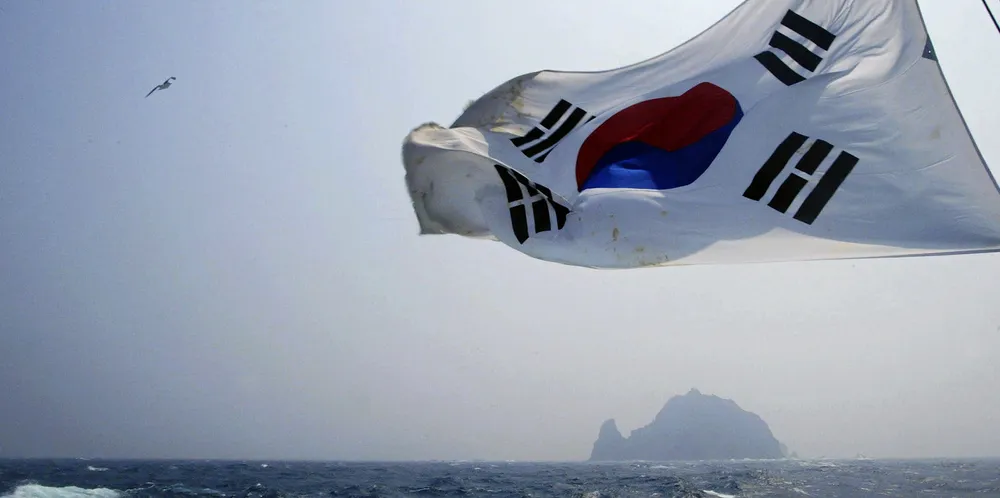South Korea floating wind plan passes test as oil player eyes 2026 debut
KNOC to 'pursue in earnest' 200MW Donghae 1 after feasibility green light for project also backed by Equinor and Doosan

KNOC to 'pursue in earnest' 200MW Donghae 1 after feasibility green light for project also backed by Equinor and Doosan
